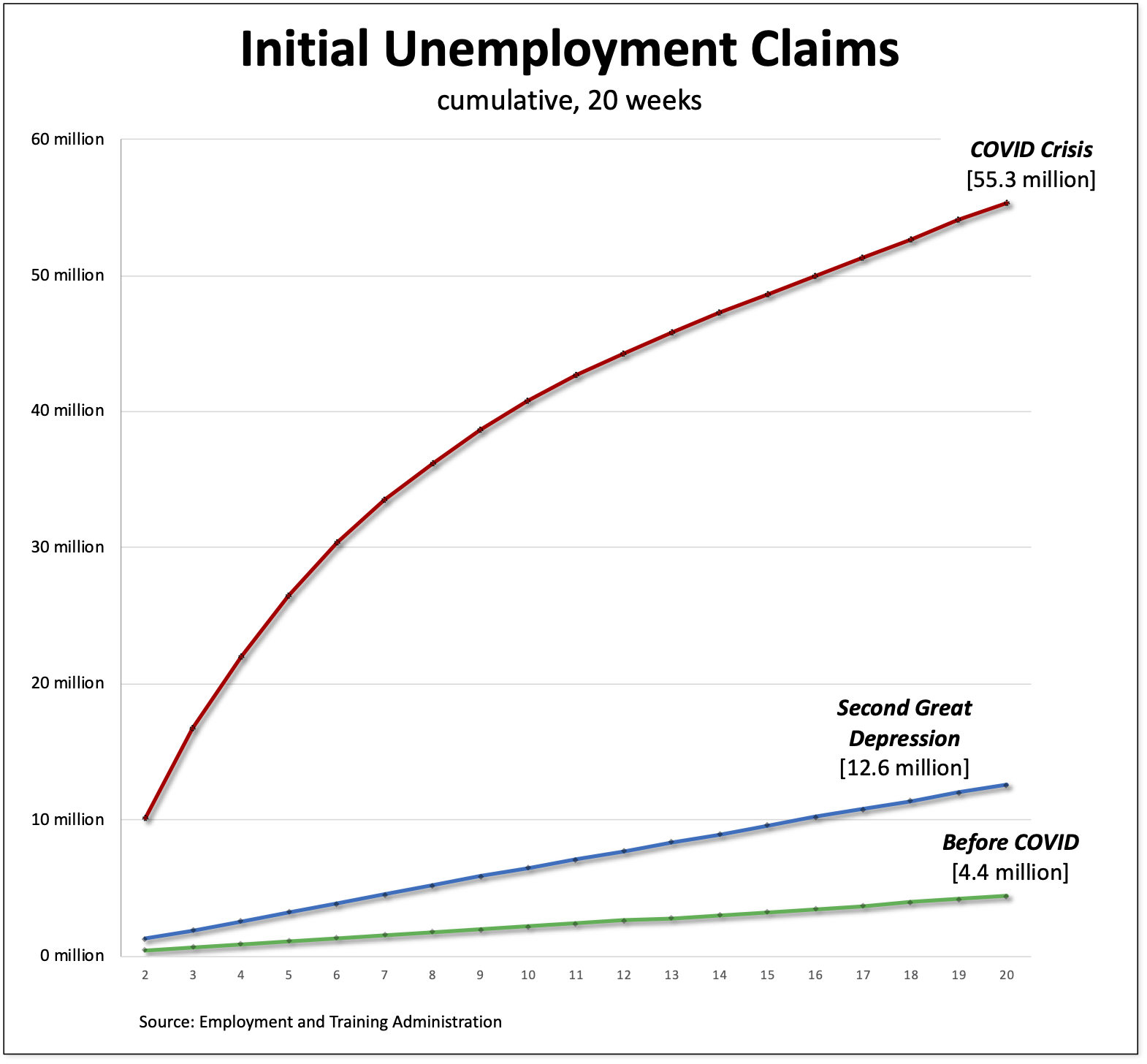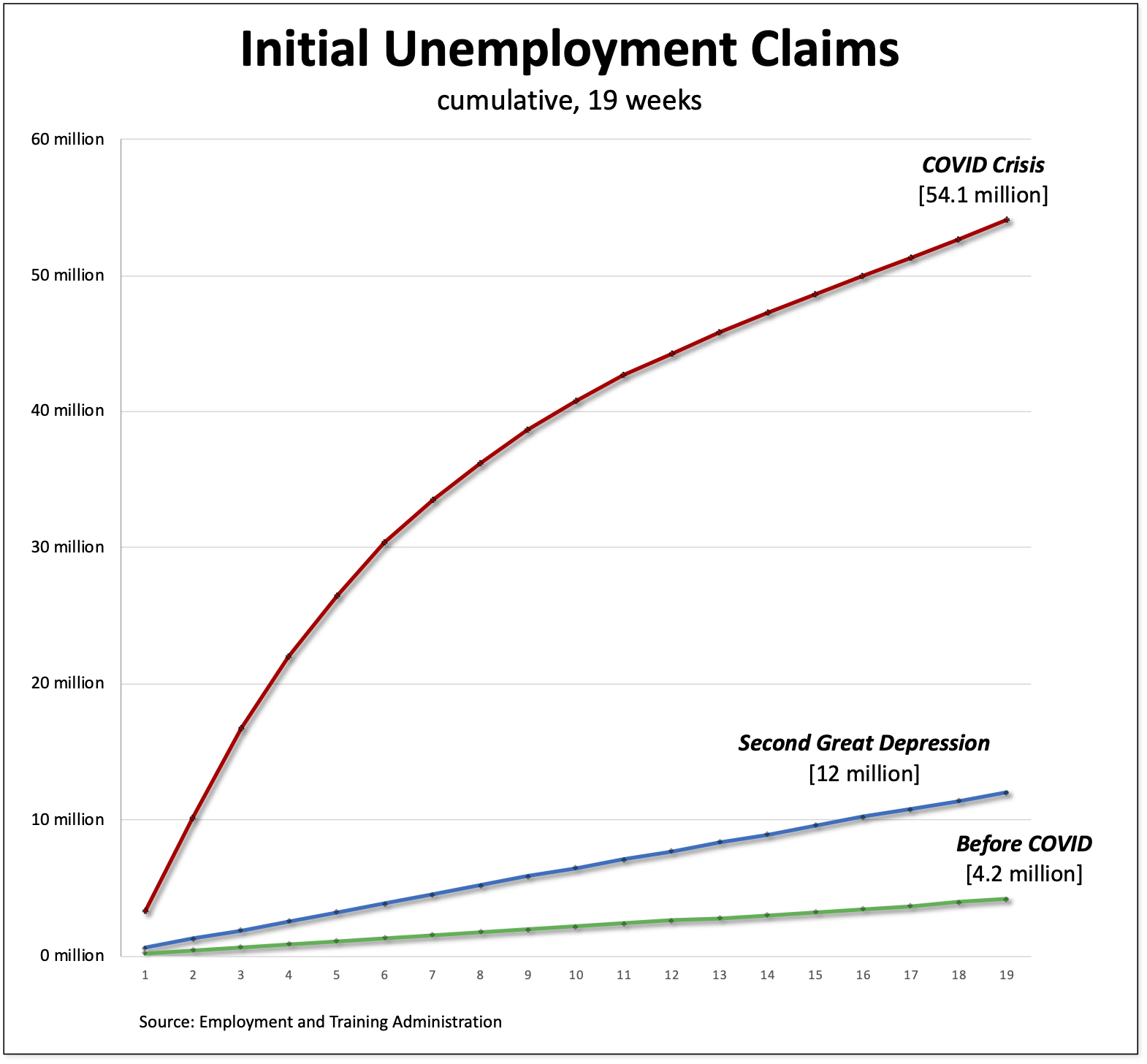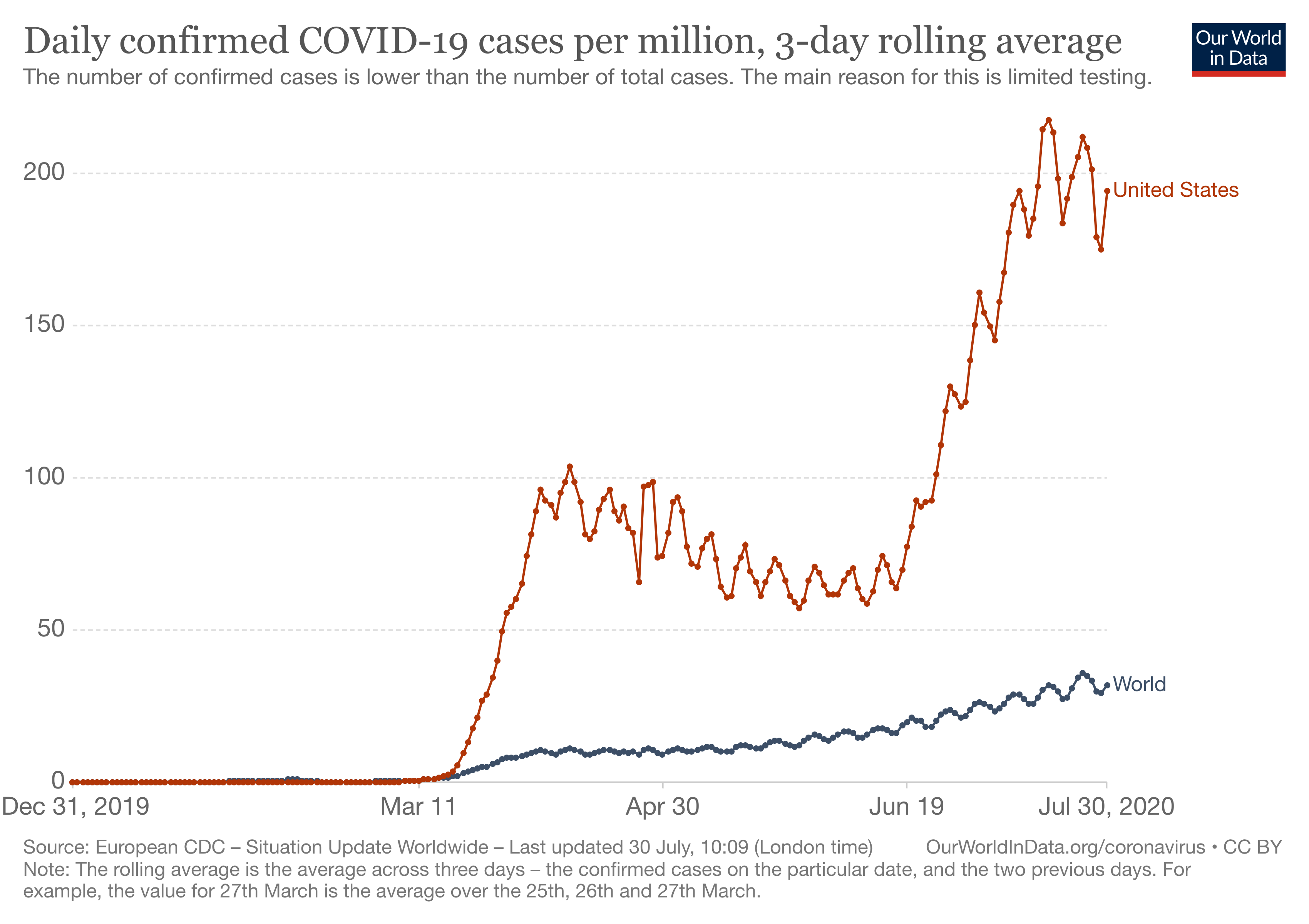
The pandemic is once again spiraling out of control. Right-wing commentators and political leaders are doing everything they can to stop any kind of effective public-health response and to divert attention from the severity of the pandemic. And liberals? The best they can come up with is “follow the science.”
Jay S. Kaufman, a professor of epidemiology at McGill University, is having none of it. He rejects that simple—and too simplistic—mantra because it “misses the fact that the same social pathology that exacerbates the pandemic also debilitates our scientific response to it.
The problem is, Kaufman pulls his punches and limits the reach of both arguments. He notes that the pandemic itself is “socially patterned” but then he refers only to excess deaths across countries (such as Peru, Bolivia, South Africa and Brazil), which in his view are tied to political turmoil and weak social institutions. What he forgets about or overlooks is the fact that the severity of infections and deaths with countries is closely related to economic inequality and poorly functioning public institutions. In other words, the people who have suffered most from the pandemic are those who are forced to have the freedom to work at jobs and live in communities where they are more likely to be infected by COVID-19 and where adequate medical care is unavailable, either because it is not provided or is financially unattainable.
As for the second argument, that “science itself is a social process,” he’s right to note that “epidemiologists exist like everyone else inside the social forces that shape the pandemic.” But he’s really only referring to the step from “evidence to policy,” to the “politicization of proven interventions” (for example, under the Trump administration), not the process of gathering and analyzing the evidence itself. Thus, he never questions the science itself. Kaufman seems to be uninterested in or incapable of posing questions about what scientists decided were the basic issues to be investigated in terms of the emergence and transmission of the novel coronavirus, especially the ways the pandemic has both revealed and compounded pre-existing inequalities in wealth, income, and race.
The alternative was, in fact, staring him in the face. Kaufman begins his essay by invoking Rudolf Virchow, the Prussian pathologist who, in the winter of 1848, was sent to investigate a typhus epidemic raging in Upper Silesia, in what is now mostly Poland. As Kaufman explains,
After three weeks of meticulous observation of the stricken populace — during which he carefully counted typhus cases and deaths by age, sex, occupation and social class — he returned with a 190-page report that ultimately blamed poverty and social exclusion for the epidemic and deemed it an unnecessary crisis. “I am convinced that if you changed these conditions, the epidemic would not recur,” he wrote.
Today, Virchow is known as the “father of modern pathology” and as the founder of social medicine. He developed the theory of cellular pathology, which laid the conceptual foundation for modern medicine. But he also had a specific notion of medicine, which is today mostly ignored. In his own words:
Medicine is a social science, and politics is nothing else but medicine on a large scale. Medicine, as a social science, as the science of human beings, has the obligation to point out problems and to attempt their theoretical solution: the politician, the practical anthropologist, must find the means for their actual solution. . .Science for its own sake usually means nothing more than science for the sake of the people who happen to be pursuing it. Knowledge which is unable to support action is not genuine—and how unsure is activity without understanding. . .If medicine is to fulfill her great task, then she must enter the political and social life. . .The physicians are the natural attorneys of the poor, and the social problems should largely be solved by them.
Not only did Virchow conclude, based on his research, that poor sanitation, the absence of basic hygiene, lack of education, and near starvation were the root problems of the epidemic in Upper Silesia. According to David M. Reese, “a few weeks after his Silesian expedition, Virchow manned the barricades beside fellow democrats, armed with a rusty sword and an antiquated rifle.” Following on his participation in the revolution of 1848, Virchow continued to be active in politics: he was soon elected representative to a newly formed Prussian diet, “delivering fiery speeches against the royal family”; in the late 1850s, he was elected Berlin City Councillor, an office in which he served for 42 years (“his achievements ranging from improving the city’s sewer and water supply systems to reforming the arrangement of public hospitals” so that all citizens would have access to basic medical care); and he was a founding member of the German Progress Party, the main left-wing party before the rise of the Social Democrats.
The fact is, more than 170 years ago, Virchow established a practice of both scientific social medicine and politically committed scientist that gives lie to the notion of just “follow the science.” The question, then as now, is: which science?
In the midst of a sick society characterized by sick institutions, we need to critically examine both the economic and social institutions that have generated the profoundly unequal effects of the present pandemic as well as the specific ways scientific methods and protocols have been conditioned by those same institutions.










